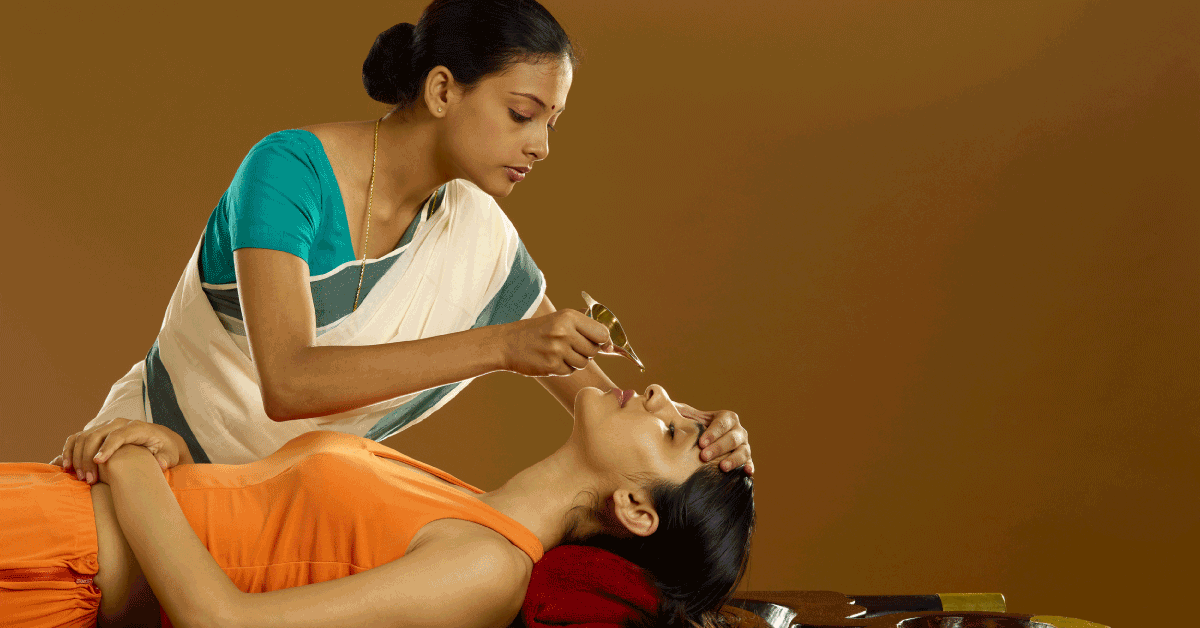Insomnia

Insomnia or sleeplessness is a sleep disorder. A person suffering from insomnia find difficulty to fall asleep or stay asleep.
The lack of sleep affects the person in many ways. The after effects of insomnia are:-
- Daytime sleepiness
- Low energy
- Irritability
- Depressed mood
The causes of insomnia
Insomnia may be caused by the following reasons:-
- Psychological Stress
- Chronic pain
- Heart failure or heart diseases
- Hyperthyroidism
- Heartburn
- Restless leg syndrome
- Menopause
- Due to some medications
- Intake of caffeine, nicotine, alcohol etc.
Symptoms
The person with insomnia may suffer from:-
- Difficulty in falling asleep
- Difficulty in finding a comfortable sleeping position
- Waking during night and unable to return to sleep
- Waking up early
- Tiredness
- Difficulty in finding focus on daily task
- Daytime sleepiness
- Depression
- Anxiety
How to prevent insomnia
A person can avoid insomnia by limiting or avoiding naps. Avoid taking large meals before going to bed. Decrease the amount of intake of caffeine, nicotine or alcohol. Treatment for any physical ailments that can cause insomnia should be done at correct time.
Management of insomnia in Ayurveda
In Ayurveda insomnia can be managed effectively. The most important thing is to find the exact cause of insomnia. After finding the course the treatment can be decided accordingly.
General methods that can be used for treating insomnia are:-
- Abhyanga:- massaging the body with oil
- Padabhyanga:- massaging foot with oil
- Thalam:- medicated paste is made and is applied on the head
- Shiro abhyanga:- massaging of head with oil
- Shirodhara:- pouring of medicated liquids on head.
Apart from the above said procedures, there are internal medicines that help the person to overcome the cause of insomnia

